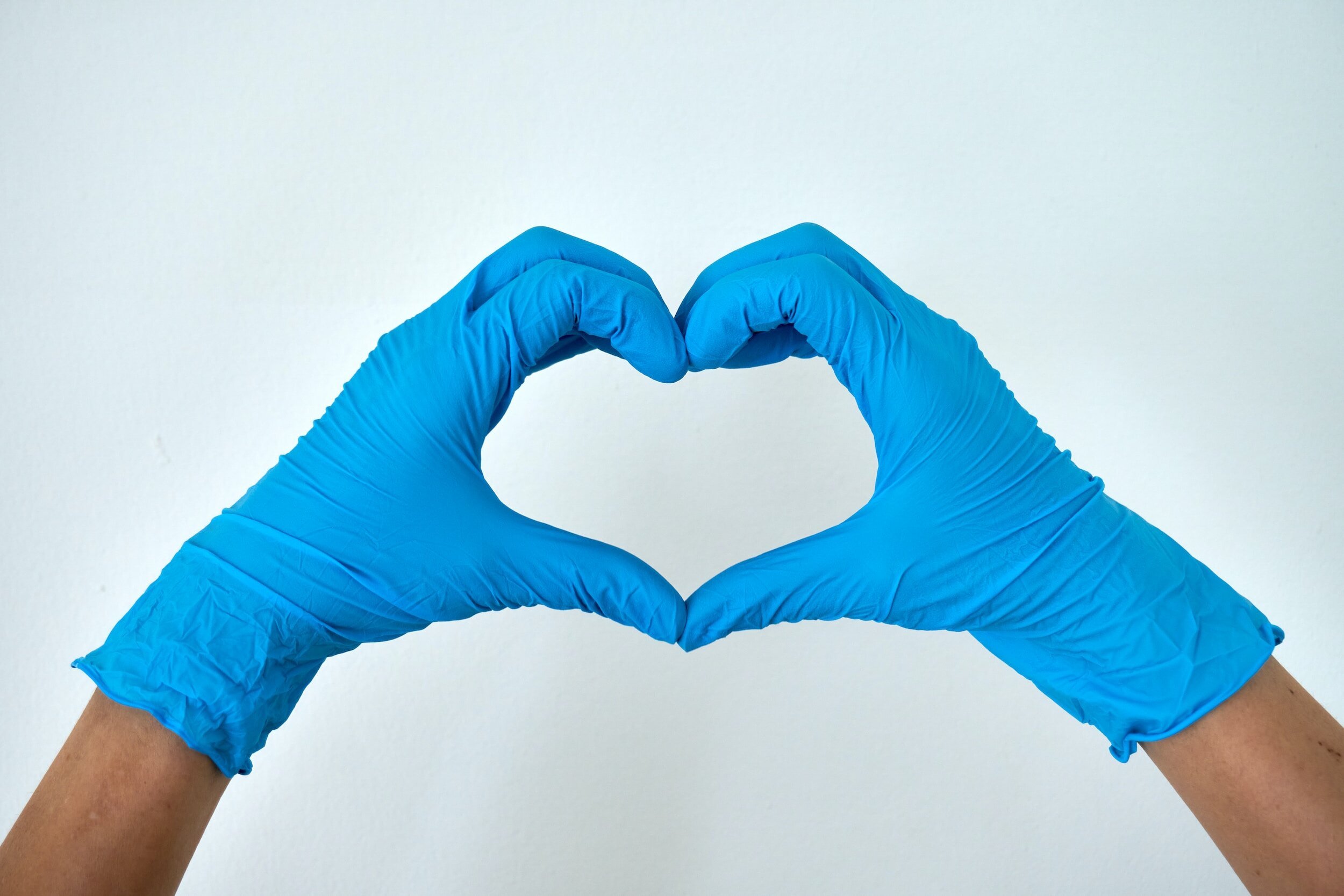STEM Equity Initiative Blog

Understanding the Current State: Reflections from the STEM Equity Initiative

The Influence of Artificial Intelligence on Career and Technical Education and Its Diverse Students

The Changing Role of CTE and the Nontraditional Indicator: Part Two
In 2024, the “nontraditional” indicator continues to measure access to programs historically designated by gender. As societal perceptions of traditional roles have evolved, so too has the approach to improving access to CTE courses and programs. Today’s focus is on comprehensive data analysis and disaggregation by various demographics to address systemic inequities. This ensures all students, including those traditionally underrepresented, have equitable opportunities in diverse career pathways. By recognizing the multifaceted identities of students, educational institutions can foster inclusive environments that empower every student to pursue their passions and aspirations.

The Changing Role of CTE and the Nontraditional Indicator: Part One
Career and Technical Education (CTE) has undergone a transformative journey since its inception in 1749 at the Academy and College of Philadelphia. Departing from the traditional European educational model, which predominantly focused on classical studies tailored to the sons of affluent landowners, this institution provided a pragmatic curriculum aimed at equipping individuals with tangible skills essential for success in the New World.

Mindset, Changing Minds, and CTE
As we begin a new school year, it is useful to take a moment to consider the children walking into our classrooms and think about who they are and what they bring with them…

Equity in CTE at a Time of Racial Justice
Career and Technical Education (CTE) is another example of how our history has created cultural biases that still linger today. Changing bias connected to old blue-collar professions is not as easy as simply educating people with one presentation, website, or brochure. Waiting until high school to talk to parents is too late. STEM Equity Initiative’s mindful and intentional focus on eliminating biases can help you combat these biases and create an equitable learning environment

Inclusivity Doesn’t Take a Village; It Takes a Community! How Johnson College Overcame “3P1."
In 2017, Johnson College, a private two-year technical college, made access and inclusion a part of its strategic plan. This meant that by 2018 every department had to build departmental goals to create an environment that welcomed and supported every student into its CTE programs. From the President and CEO to the marketing department, faculty and support staff, the custodial workers and food service workers, and even the students, everyone was tasked to create the environment where everyone felt valued and included.

Adding Asset Thinking in CTE and All Education
The problem with the educational deficit model approach is that it first identifies areas of concern or potential challenges that may impact academic performance. Maybe it is time to work harder on ourselves and rethink our education system starting with each child and his, her, or their many assets as well as needs and vulnerabilities. Equity is not about making all children “normal” or “perfect” in some measurable way. It is rather about seeing each student as the gift they already are and starting from there.

Thank CTE Workers and Their Teachers
Thank CTE Workers and Their Teachers
COVID-19. Who knew how this virus would affect the world and each of us? For the STEM Equity Initiative, the pandemic highlighted the importance of Career and Technical Education (CTE) among the science, technology, engineering, and mathematics (STEM) career pathways.

Questions from the field: How do we continue to increase numbers of male and female students in educational programs that are nontraditional for them?
I’m often asked the questions, “How can we affect changes in student selection decisions for career and technical education (CTE) programs of study?” and “How can I convince a girl entering high school to consider a program in manufacturing or building trades or a boy entering high school to consider a nursing program?” Because so many potential factors influence student course and program choices (e.g., parents, peers, prior learning, cultural bias, hormones, and more), how can educators ensure the all students have full access to any and all of the CTE programs? Equally important, how can educators ensure that progress toward increasing enrollment for traditionally underrepresented students continue over time?
